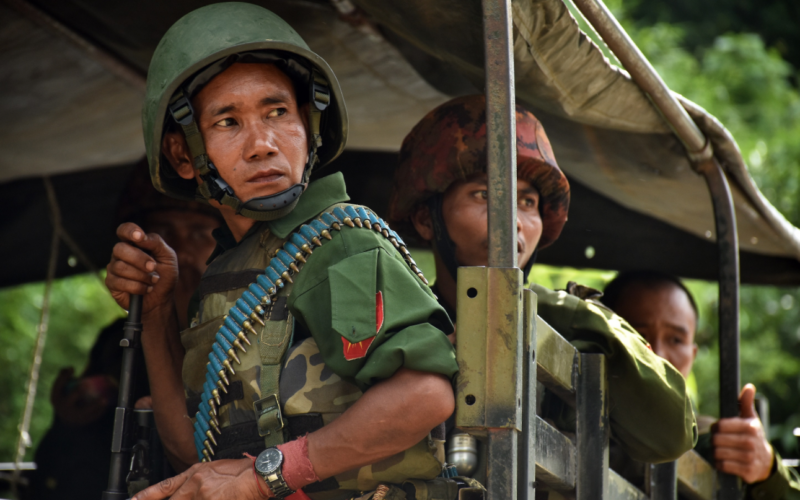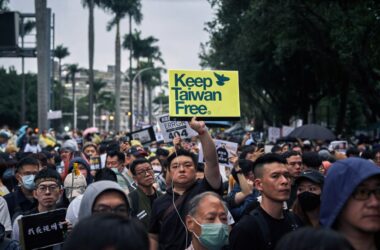In Myanmar, a disturbing trend of disappearances has taken a grim turn, contributing to an atmosphere of fear and uncertainty among its populace. At least 16 young men vanished last month in a series of incidents that unfolded in four cities across the country, orchestrated by armed groups operating under the cover of darkness. The aftermath of these disappearances has revealed a range of consequences, including ransom payments, forced conscription into the military, and, in some instances, individuals simply vanishing without a trace.
The backdrop for these troubling events is rooted in Myanmar’s tumultuous political landscape. The disappearances commenced following the military’s seizure of power in February 2021, with a recent acceleration coinciding with the military facing one of its most serious challenges since the coup. In October, three ethnic rebel armies initiated the largest offensive against the government in nearly three years, triggering a chain of events that have exacerbated the already volatile situation.
The New York Times has confirmed the abduction of 16 men in November through interviews with released individuals and relatives of the victims. However, the pervasive control exercised by the military junta makes obtaining accurate information challenging, hindering efforts to determine the precise number of disappearances and the locations involved.
The accounts of these disappearances have reverberated through communities, instilling fear and prompting precautionary measures. Family members are advising men and boys to stay indoors, and parents are withdrawing their sons from school out of concern for their safety. The palpable anxiety is captured by U Khin Zaw Win, director of the Tampadipa Institute, who shared how his family has restricted his 14-year-old grandson’s movements, reflecting the pervasive fear that anyone could be arbitrarily targeted.
Reports to the police by those who have lost family members often met with demands for money, discouraging others from seeking official assistance. The military spokesperson, Maj. Gen. Zaw Min Tun, dismissed accusations of military involvement, asserting that there’s no reason for such activities. However, suspicions persist, given the military’s historical reliance on forced labor, including practices like forced portering documented by human rights groups.
The current wave of disappearances unfolds against a backdrop of recruitment challenges faced by the military. At least 4,500 soldiers have defected, marking a significant increase since the beginning of the year. The army’s response has involved calling up retirees, mandating male relatives of soldiers to join, and even marshaling wives to provide security for bases, a violation of military law.
Five men shared their harrowing experiences of being abducted and forcibly conscripted into the army since the coup. One such account, that of Myo Min Zaw, details his abduction on Dec. 31, 2022, and subsequent attempts to resist enlistment. His escape last month with a friend, taking their guns with them, sheds light on the desperation and determination of those caught in the crossfire.
The surge in reports of missing men appears connected to Operation 1027, an offensive launched on Oct. 27 by three ethnic armies — the Myanmar National Democratic Alliance Army, the Ta’ang National Liberation Army, and the Arakan Army. This rebel alliance, joined by other armed ethnic groups and the People’s Defense Force, has seized military outposts and strategic trade routes, posing a formidable challenge to the military’s authority.








